A Sun Star is any member of the family Solasteridae. Researchers recognize many different species in nine different taxonomic genuses. These starfish share a common trait in their unique body shape. Instead of five arms, the various species in this family have many arms. Read on to learn about the Sun Star.
Description of the Sun Star
Though they share the same many-legged form, their coloration, size, and shape all differ. Some species have long, narrow arms, while others have shorter, broad arms. Their coloration ranges from red, to orange, to purple and more.
Some species reach just 6 in. in diameter on average, while others grow to an impressive 20 in. across. Their exact size varies based on the species at hand.
Interesting Facts About the Sun Star
These interesting starfish species have surprisingly voracious appetites. Learn more about what makes these creatures unique, below.
- Star Hunters – No invertebrate is safe from these speedy predators. These sea stars can move quickly along the sea floor, and often overtake other species of starfish along the way. In fact, some species prey almost exclusively on other species of starfish, such as the leather star.
- What’s in a Name? – The common name of these creatures is a reference to their appearance. The multiple arms give them an outline similar to that of a cartoon sun. The various species have between 8 and 13 arms!
- Cannibalism – These creatures eat sea stars so frequently that some even hunt their own kind. Some, like the morning Sun Star, often eat smaller members of their own species.
- Sea Star Wasting Disease – Some species in this group, along with other starfish species, suffer from the mysterious sea star wasting disease. The disease causes the starfish to disintegrate. Researchers believe that rising sea temperatures could be related to the disease, but they are unsure of its exact cause.
Habitat of the Sun Star
The various species occupy different habitat types. Larger species live in deeper waters, while smaller species occupy shallower regions, like tide pools. They live primarily in rocky regions, though some occupy gravel and areas with coarse sand. Their preferences range between shallow regions to depths of 1,000 ft. or more.
Distribution of the Sun Star
You can find the different species in this family in the Atlantic and Pacific oceans. Each species has its own unique range and distribution. The populations of some species overlap with those of other species. Most species live in coastal regions relatively close to shore, usually in northern regions with cool waters.
Diet of the Sun Star
All of the different species have carnivorous feeding habits. They hunt for invertebrate prey, and eat anything that they can catch and overpower. Compared to other sea stars, these creatures move quite swiftly.
Some species feed primarily on other sea star species. Some of the different types of creatures that they eat include starfish, sea urchins, sea snails, sea cucumbers, sea anemones, and more.
Sun Star and Human Interaction
Human activity impacts different species in different ways. Potential threats to these creatures include habitat destruction, pollution, and climate change.
The impacts of these threats vary based on the species at hand. Some species face greater threat than others, while others have stable populations. The IUCN has not assessed the danger to some species.
Domestication
Humans have not domesticated this creature in any way.
Does the Sun Star Make a Good Pet
No, this starfish does not make a good pet. Most species reach large sizes, which makes it impractical to keep them in home aquariums.
Sun Star Care
Commercial aquariums keep some of the different species in this family in their collections. They are popular for their bright coloration and unique appearance.
Each species has different specific needs, and aquarists house them in tanks with appropriate water temperature, pH, and depth for their species and size. They feed the sea stars a variety of chopped fish, clams, and similar foods.
Behavior of the Sun Star
These creatures have more active behavior than some other sea star families. They move quite swiftly in their hunt for prey, and spend most of their time walking along the sea floor in search of food. Their arms have rows of tube feet beneath them, which fill with water to move them along.
Though you can sometimes spot multiple individuals in the same area, they do not have any social behavior outside of reproducing.
Reproduction of the Sun Star
Different species in this family have different reproductive rates. Like most other starfish, they breed via spawning. The males and females release their eggs and sperm into the water, and fertilization occurs outside of the body. The newly fertilized embryos start life as free-swimming larvae rather, than miniature versions of the adult starfish.
These sea stars can also regenerate their arms, and severed arms can grow into a new individual as well.


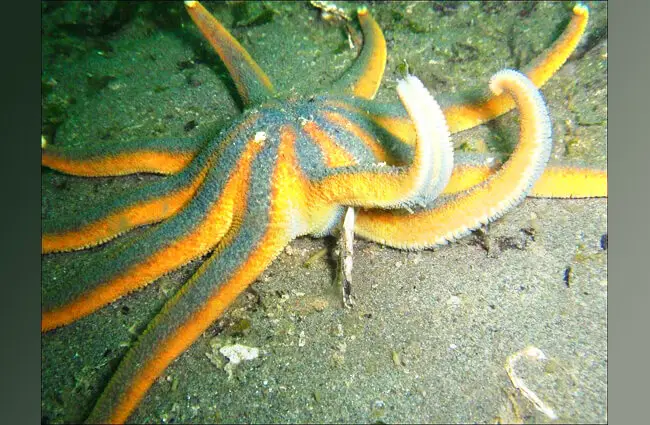
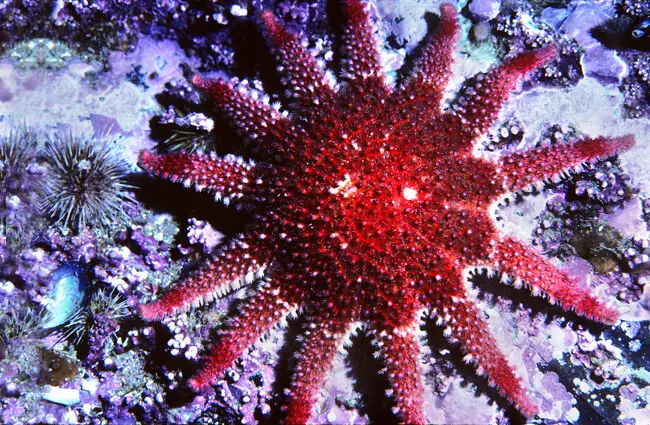
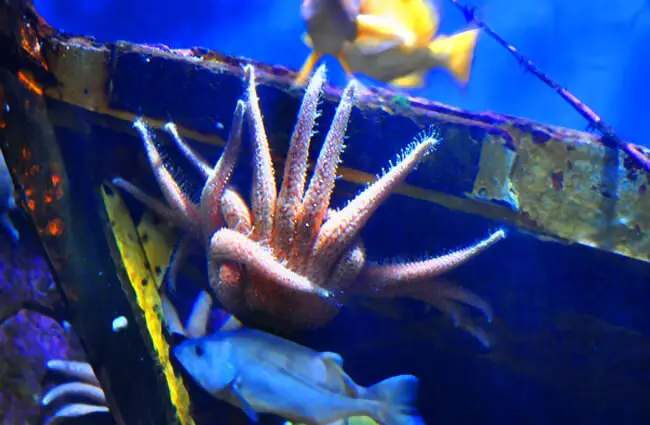
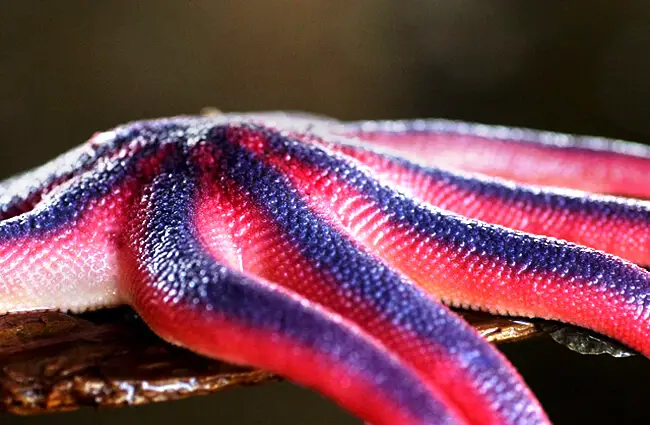
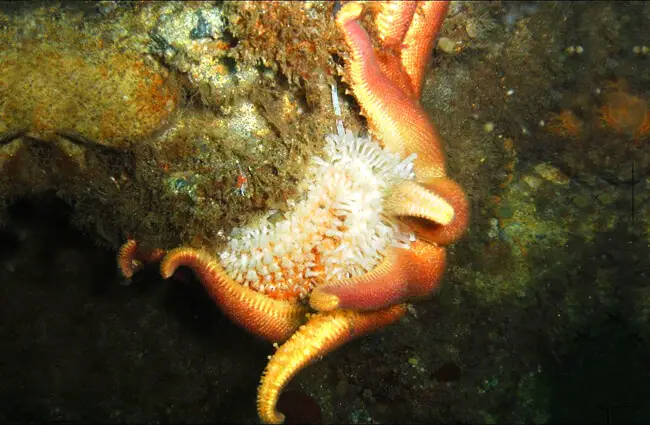
![This orange Sun Star is making a meal of a Spiny Red Sea Star This orange Sun Star attacking a Spiny Red Sea Star Photo by: Ed Bowlby, NOAA [Public domain]](https://animals.net/wp-content/uploads/2020/01/Sun-Star-1-650x425.jpg)
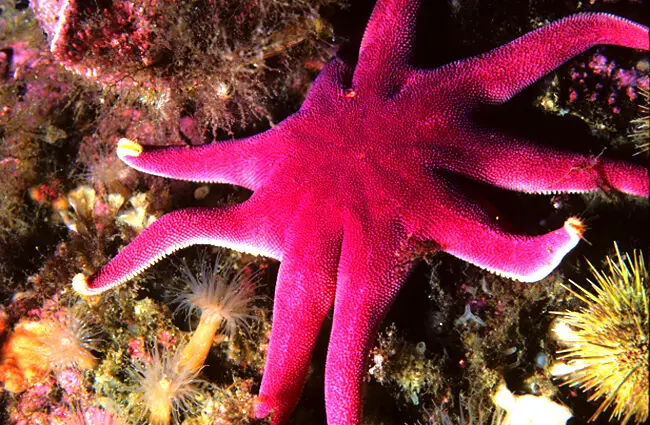
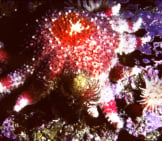
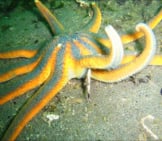
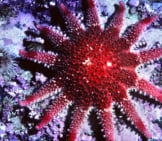


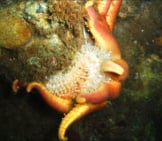
![This orange Sun Star is making a meal of a Spiny Red Sea Star This Orange Sun Star Attacking A Spiny Red Sea Star Photo By: Ed Bowlby, Noaa [Public Domain]](https://animals.net/wp-content/uploads/2020/01/Sun-Star-1-162x141.jpg)

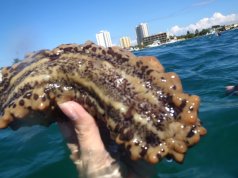

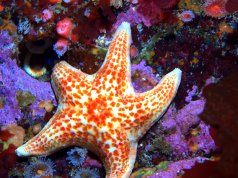










![Red Angus Closeup of a beautiful Red Angus cowPhoto by: U.S. Department of Agriculture [pubic domain]https://creativecommons.org/licenses/by/2.0/](https://animals.net/wp-content/uploads/2020/03/Red-Angus-4-100x75.jpg)

